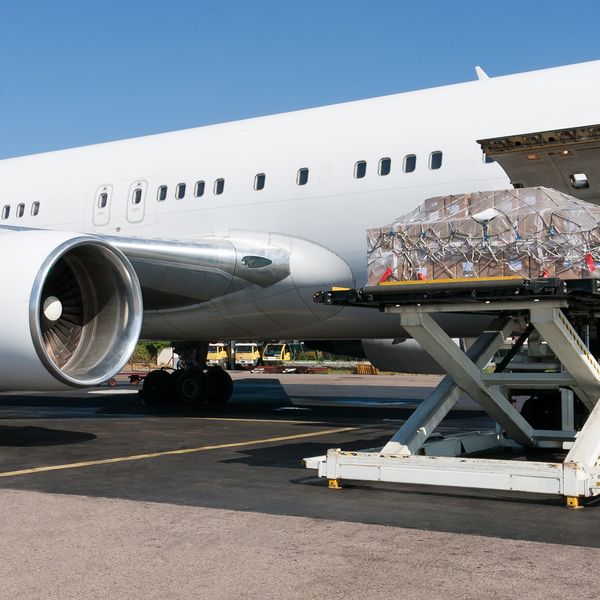Transport Canada Pushes TDGR Changes Live Without Comment Period
In an unusual move, Transport Canada amended the Transportation of Dangerous Goods Regulations (TDGR) by directly publishing the amendments into the Canada Gazette Part II. Typically, changes to the regulations will be published into Canada Gazette Part I for comment, then the final version will get published into the Canada Gazette Part II. However, because the amendments did not contain major changes, Transport Canada opted to publish the amendments directly into the Canada Gazette Part II.
Transport Canada considers this amendment to be miscellaneous in nature, meaning it will have a series of minor changes meant to correct mistakes, revise wording, and clarify information.
| Need more information on Transport Canada? See our ezExplanation on Transport Canada. |
Significant changes from the amendment
While this is not a major regulation change, you should always look at the changes to see if they impact your operations. Some of the more significant changes from Transport Canada’s miscellaneous amendments include:
- Updating a few definitions, such as shipping document, train, and transport index.
- Removing references to “pounds per square inch” and “psig” in Subsection 1.3(3). These are non-metric measurements that are no longer used.
- Replacing the words “hazard” and “hazardous” with “danger” and “dangerous” to better align with international regulations.
- Amending the “500 kg gross mass exemption” in section 1.16 to add the option to use labels on packages if they conform to the Canada Consumer Product Safety Act.
- Replacing the reference to “Small Fishing Vessel Inspection Regulations” with the current “Fishing Vessel Safety Regulations” in Subparagraph 1.49(1)(e)(iv).
- Replacing references to the “Packaging and Transport of Nuclear Substances Regulations” with references to the most recent version, “Packaging and Transport of Nuclear Substances Regulations, 2015.”
- Modifying the shipping name from “FUMIGATED UNIT” or “ENGIN SOUS FUMIGATION” to “FUMIGATED CARGO TRANSPORT UNIT” or “ENGIN DE TRANSPORT SOUS FUMIGATION” in paragraph 3.5(3)(2).
- Removing Sections 1.1 (Coming into Force) and 1.2 (Repeal). These referred to transitional periods based on the introduction of the TDGR in 1985 and are no longer relevant.
- Removing unnecessary text “expressed in net explosives quantity” found in section 1.31. That text replicates the text found in the Legend to Schedule 1.
- Removing Subsections 1.17(6) and 1.17(7). These referred to transitional periods for marking limited quantities that have now passed.
- Rewording Subsection 3.6.1(1) to remove the reference to “Beginning on July 15, 2015” since that date has passed.
- Updating Special Provision 155, which refers to section 7.1.5 of the UN Recommendations rather than 7.1.6, due to a change at the UN level.
- Correcting numerous typographical, grammatical, spelling, numbering, and punctuation errors, such as replacing “PENTAERYTHROL TETRANITRATE MIXTURE, DESENSITIZED, SOLID” with “PENTAERYTHRITOL TETRANITRATE MIXTURE, DESENSITIZED, SOLID” to correct a spelling error.
Summary
Again, this amendment does not make major changes to the TDGR. What it does do is make corrections, remove obsolete requirements and information, and simplify portions of the regulations. Just because this is not a major regulation change does not mean you can ignore it. If you are using Transport Canada’s TDGR, you need to review the amendments to see if they affect your operation because some of these minor changes could make a significant impact.
Key to remember: Transport Canada published this miscellaneous amendment directly into the Canada Gazette Part II. The amendment made minor changes meant to correct mistakes, revise wording, and clarify information.
































































